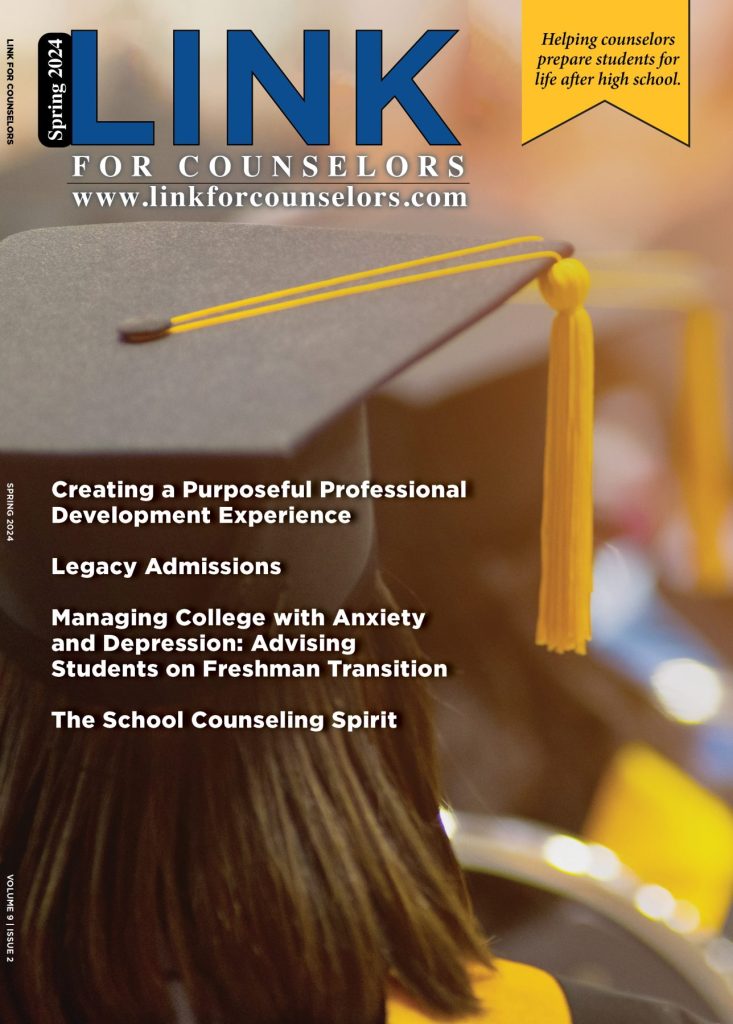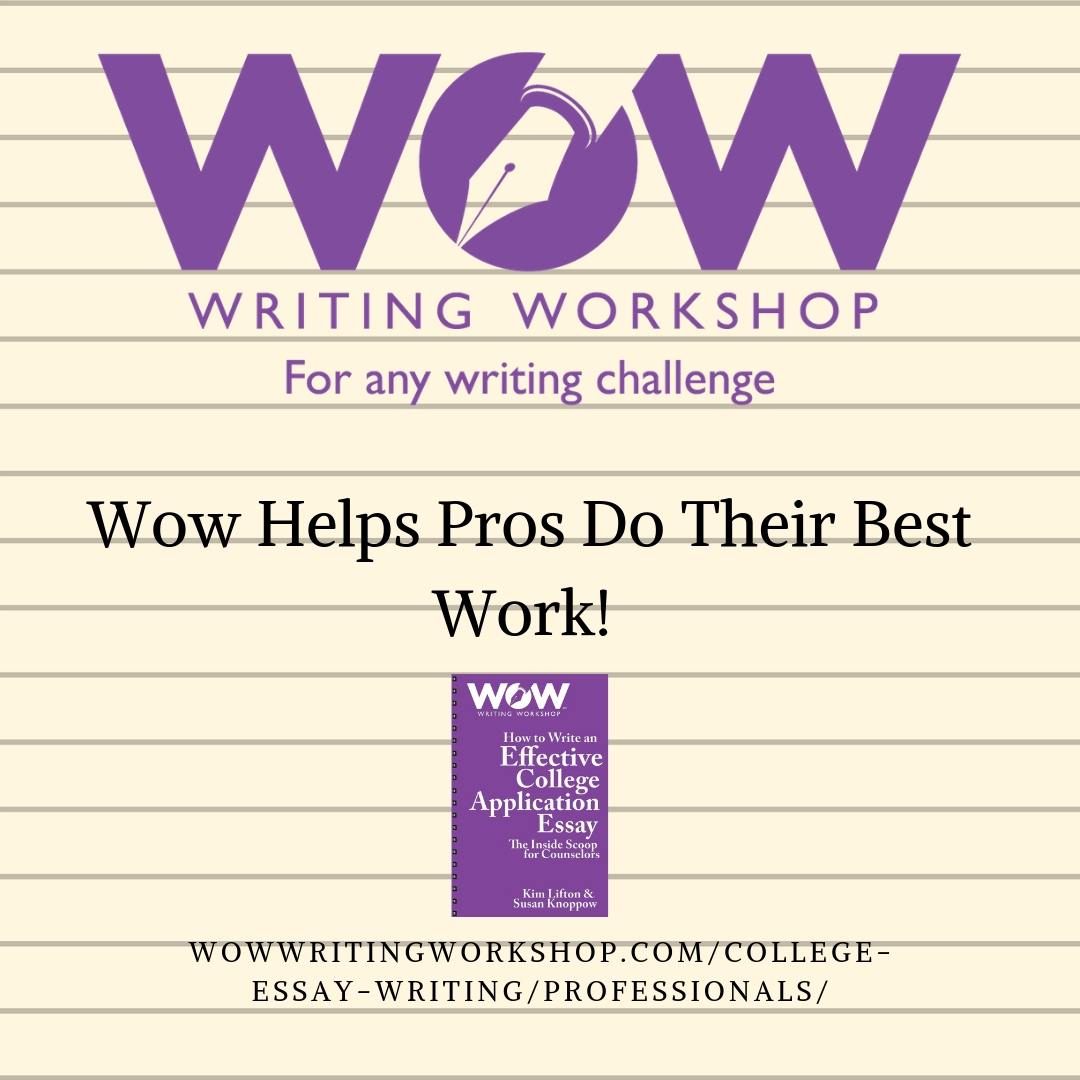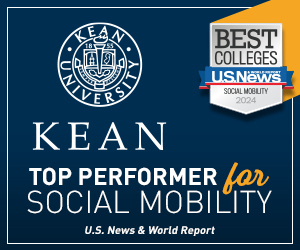Why are Your Students Confused Over the College Essay? And How Can You Help Them?
As high school counselors, you already know the competition to get into the nation’s top colleges gets tougher ever year. But do you know that’s not because students are smarter or more qualified than they were five or ten years ago?
It’s a simple matter of impossible math.
Year after year, more kids apply for the same number of available spaces at the most selective schools. It is impossible for them all to get in.
With more perspective, parents and students alike can take a deep breath and calm down a bit. You can help by sharing this insight with them.
Because it is so hard to get into the top name-brand schools (think Stanford, Harvard, UC Berkeley, MIT, Vanderbilt, Columbia, University of Chicago, to name a few), the students who are qualified for the most selective colleges look elsewhere to improve their chances. They use modern technology to apply to more schools than they might have otherwise considered.
Furthermore, because students can apply to so many schools using the Common Application and other platforms, students frequently check boxes for schools they might normally ignore if more effort were required. This practice helps colleges increase their applicant pool. It works well for schools because it makes them look more selective. If a school can accept only 1,200 students and 6,000 apply, the admit rate — or the percentage of students the school accepts — will be 20%. If 12,000 apply, the college will enroll the same number of first-year students, but the admit rate will plummet to 10%. On paper, it will look like this college has become more selective (“We accept only 10% of applicants.”) Needless to say, this practice can be challenging for parents who just want to get their kids off to a good college. It can be equally challenging for high school counselors and other professionals who work with students and interact with their parents.
Insight and Perspective
To see how ease of applying affects the admit numbers at popular colleges and universities, consider the University of Michigan, which began accepting the Common App in 2010. That year, applications jumped by 25%; U-M received a record 39,584 applications, and its admit rate dropped to 38.9% — the lowest percentage since 2005. Five years after joining the Common App (2015), applications to U-M surpassed 50,000, and the admit rate plunged to 26.3%.
Remember, all applications are used to help colleges decide which students to admit. That’s why essays are so important. With more and more students applying to the same schools, help your students understand that they need to help readers see beyond grades, scores and a list of activities.
You can be sure this trend will continue. As additional schools join consortiums to make the application process easier, they will become better known, the numbers of applications will continue to rise, and the admission rates will continue to drop.
There are about 5,300 two- and four-year colleges in the U.S. according to the National Center for Education Statistics. More than 20 million students are enrolled in college — a number that has increased by nearly 5 million since 2000. Of those, about 13.4 million attend four-year institutions. It’s a big business. Students need colleges, but colleges also need students. If your students want to get a degree after high school, the odds are stacked in their favor. Help them find a good choice and the right fit.
In fact, some of the lesser-known schools — consider the unrated ones on the rankings lists that are academically strong but not marketed as heavily — generally give away the most cash in scholarships. Useful, accurate and relevant information is a counselor’s and family’s best friend.
Just to put the industry into some real perspective, we are going to focus on the dream: getting into the most exclusive, super-selective university in this country. One year it’s Stanford. Another year it’s Harvard, Northwestern, Columbia or MIT. Then there are the most popular ones, like UCLA. In any case, we are talking about big name brands.
In 2016, Stanford became the first school in the nation to drop below a 5% admit rate. Remarkably, that figure plummeted from the previous decade. At 4.69%, Stanford surpassed Harvard (5.2%) for the second year in a row. Next was Columbia at 6%, followed by Yale (6.3%), Princeton (6.5%), University of Chicago (7.6%), MIT (7.8%), Caltech (7.9%) and Brown (9%).
That same year, the rest of the Ivies came in under 14%; Northwestern, Johns Hopkins and Vanderbilt admitted about 10% of their applicants; Notre Dame accepted 18%. The most selective public school was the University of California, Berkeley at 14.8%, followed by the University of North Carolina at Chapel Hill (25.8%) and the University of Virginia (28%).
Admission rates at Harvard and at universities throughout the country have been trending downward in recent application cycles. In 2018, MIT, Stanford, and every member of the Ivy League but Yale, set record low admission rates. Stanford was the most selective, with an admission rate of 4.3 percent. What’s it mean for your students? The odds are stacked against them.
How to Help Your Students Get Noticed
Yes, your students can get noticed — they just have to be realistic. Once all the hard work is done (such as getting an A on the calculus final), they will want to focus on the essays. No matter what changes in the industry, one thing remains constant: writing matters.
More schools, including the University of Chicago, are becoming test-optional, which means grades and writing are the most significant factors in admission at those schools. Some admit based on straight grades and test scores, but most land somewhere in the middle. Everything comes into play: grades, test scores, essays, activities and letters of recommendation.
The state of admissions has everyone up in arms. Students and parents are confused because they don’t know what colleges expect. Colleges are taking heat because they are too expensive, and admit rates have plunged to ridiculous levels. As a result, students worry about getting into college — and many fear they won’t have any options.
We cannot state enough how important it is to tell your students that colleges are interested in character, as well as grades. If they share meaningful traits and characteristics in college essays, standing out should come naturally.
Whether a student has Ivy League ambitions or they are looking at a local college, you can give students great advice to make writing an application essay more meaningful. That way, they can stand out from the crowd of qualified students at that dream school.
What do Colleges Really Want in an Application?
We have interviewed dozens of admission officers from major universities and small colleges alike, and they all say the same thing. Without exception, they advise students and parents to relax, take a deep breath and focus on the things they can control.
A couple of years ago, a friend took his son, a talented member of his school’s rowing team, on a tour of elite East Coast colleges and universities. We asked him to let us know what he heard at those schools regarding admission essays.
Most college representatives mentioned the essay during their presentations, but MIT took the message a step further. While talking about the quest for the perfect ACT or SAT score, the admission representative reminded parents and prospective students that test scores merely indicate whether a student is academically ready for freshman courses.
Above a certain level, scores didn’t seem to make much of a difference. In fact, the MIT rep said students trying to achieve perfect test scores were wasting their time. Instead, she suggested students put that time and effort into their essays.
Despite what you might have heard, the most selective schools do not expect application essays to be written much differently from those submitted to less selective colleges. During a college essay panel discussion we moderated during a New York ACAC conference, senior admission staff members from Columbia University and Barnard College said they do not expect better quality writing from applicants to their schools. Rather, they look for reflection and an answer to the prompt. No bigger words. No better writing. Columbia and Barnard want to know how an applicant thinks.
Both reps said the essay was their favorite part of the application package. The task and expectations are the same for just about every college that requires essays.
About the Author
Kim Lifton is President of Wow Writing Workshop, a strategic communication and writing services, specializing in teaching writing for college and graduate school admissions, and teaching and writing for businesses and nonprofits. The Wow Method has been used by students to write application essays and resumes; by business owners to create blogs, websites and other communication materials; and by English teachers to improve student writing skills. Wow can even help you write a great poem or short story. This blog comes from Wow’s third book, How to Write an Effective College Application Essay, the Inside Scoop for Counselors. If it involves words, Wow can help! Email your questions to Kim@wowwritingworkshop.com.
Our Gift to You and Your Students
As our way of saying thanks to you for the great work you do every day, we’d like you to have a complimentary copy of our College Essay Crash Course, the Common App, a 1-hour simple video course. It will give your students the insight and tools they need to write a compelling Common App personal statement.
Our College Essay Crash Course is designed to simplify the writing process, while giving your students the confidence they’ll need to write genuine, meaningful essays that will get attention where it matters most — inside the admissions office.Click Crash Course to access the video course, and to find out how to give it to your students.





